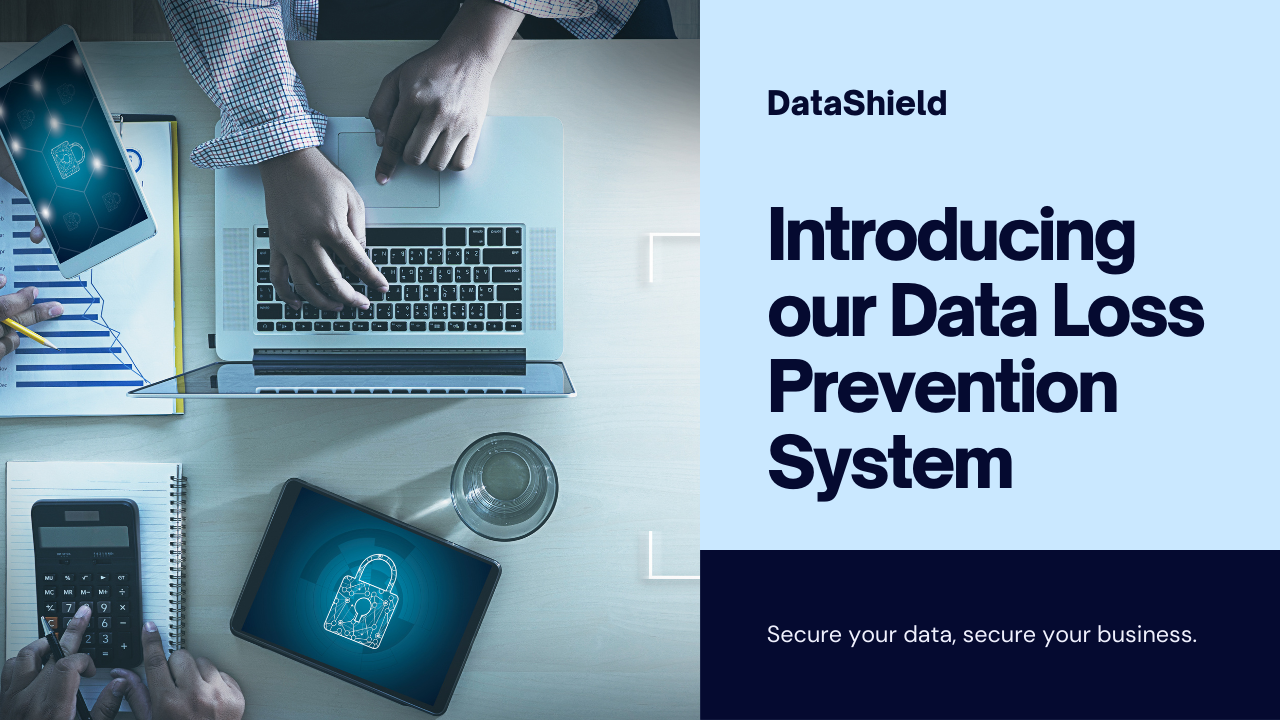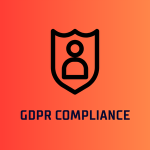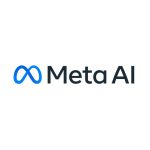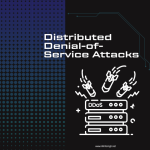
Data Loss Prevention (DLP) Systems: Safeguarding Data in the Digital Age
Data Loss Prevention (DLP) Systems: Safeguarding Data in the Digital Age
In today’s digital world, data is a critical asset for businesses, governments, and individuals alike. However, with the increasing volume and complexity of data, the risk of data loss or leakage has also grown significantly. Data Loss Prevention (DLP) systems play a crucial role in cybersecurity by helping organizations protect sensitive data from unauthorized access, breaches, and other forms of loss.
Contents
What is a Data Loss Prevention System?
A Data Loss Prevention (DLP) system is a set of technologies and processes designed to identify, monitor, and protect sensitive data from unauthorized access, use, and transmission. DLP systems work by detecting and preventing the unauthorized sharing or leakage of sensitive data, such as financial information, intellectual property, customer data, and confidential documents.
“ShieldGuard: The Power of Data Loss Prevention (DLP) Systems”
ShieldGuard harnesses the formidable strength of Data Loss Prevention (DLP) Systems, ensuring data integrity and security. With advanced monitoring and control features, ShieldGuard fortifies organizations against data breaches and loss. It empowers users to define and enforce policies that safeguard sensitive data, meeting regulatory compliance standards. ShieldGuard’s robust capabilities extend across networks, endpoints, and cloud environments, providing comprehensive protection. Through proactive monitoring and incident response, ShieldGuard bolsters the security posture of organizations, minimizing risks and enhancing data protection strategies. In an era where data is king, ShieldGuard stands as a stalwart defender, preserving the sanctity of information assets.
Key Components of a Data Loss Prevention System
- Content Discovery: DLP systems use content discovery techniques to identify and classify sensitive data across the organization’s network, endpoints, and storage devices. This helps organizations understand where sensitive data resides and how it is being used.
- Policy Management: DLP systems allow organizations to define and enforce data protection policies based on the sensitivity of the data and regulatory requirements. Policies can include rules for data encryption, access control, and data masking.
- Data Monitoring and Analysis: DLP systems continuously monitor data flows within the organization’s network and endpoints to detect any suspicious or unauthorized activities. Advanced DLP systems use machine learning and behavioral analytics to identify patterns indicative of potential data loss or leakage.
- Incident Response: DLP systems provide incident response capabilities to quickly respond to and mitigate data breaches or data leakage incidents. This includes blocking unauthorized data transfers, alerting security teams, and initiating remediation actions.
- Reporting and Compliance: DLP systems generate detailed reports on data usage, compliance with data protection policies, and incidents of data loss or leakage. These reports help organizations assess their security posture and comply with regulatory requirements.
Types Of Data Loss Prevention System
DLP (Data Loss Prevention) systems can be categorized into several types based on their functionality and deployment. Here are some common types of DLP systems:
- Network DLP: Network DLP focuses on monitoring and controlling data in transit over the network. It inspects network traffic to identify sensitive data and prevent unauthorized data transfers. Network DLP can enforce policies to block or quarantine data that violates security policies, such as confidential information being sent over unsecured channels.
- Endpoint DLP: Endpoint DLP protects data on individual devices, such as laptops, desktops, and mobile devices. It can monitor and control data transfers to and from these devices, as well as data stored locally on the devices. Endpoint DLP can enforce encryption, access controls, and other security measures to protect sensitive data.
- Storage DLP: Storage DLP focuses on protecting data at rest in storage systems, such as servers, databases, and cloud storage. It can monitor and control access to stored data, as well as detect and prevent unauthorized attempts to copy or transfer data. Storage DLP can also enforce encryption and access controls to protect sensitive data.
- Cloud DLP: Cloud DLP is specifically designed to protect data stored in cloud environments, such as cloud storage services and cloud-based applications. It can monitor and control data transfers to and from the cloud, as well as data stored in the cloud. Cloud DLP can enforce policies to ensure that data is encrypted and protected according to security requirements.
- Email DLP: Email DLP focuses on protecting sensitive data sent via email. It can scan email messages and attachments for sensitive information, such as personal data or intellectual property, and prevent unauthorized sharing or leakage. Email DLP can enforce policies to block or encrypt sensitive data in email communications.
- Integrated DLP: Integrated DLP combines multiple DLP capabilities into a single solution, providing comprehensive protection across networks, endpoints, storage, and cloud environments. Integrated DLP can offer centralized management and reporting, making it easier for organizations to implement and manage DLP policies.
Each type of DLP system has its own strengths and weaknesses, and the choice of DLP system depends on the specific security requirements and infrastructure of the organization. Organizations often deploy a combination of DLP systems to provide layered protection for their sensitive data.
Implementation of Data Loss Prevention System
Implementing a DLP system requires careful planning and consideration of various factors, including:
- Data Discovery and Classification: Identify and classify sensitive data across the organization’s network, endpoints, and storage devices. This involves understanding the types of data being collected, processed, and stored, as well as the applicable regulatory requirements.
- Policy Definition: Define data protection policies based on the sensitivity of the data and regulatory requirements. Policies should include rules for data encryption, access control, and data masking.
- Technology Selection: Select the appropriate DLP technologies and solutions based on the organization’s needs and budget. Consider factors such as scalability, integration with existing systems, and ease of use.
- Deployment: Deploy the selected DLP solutions across the organization’s network, endpoints, and storage devices. Ensure that the solutions are configured correctly and that they are integrated with other security systems.
- Monitoring and Maintenance: Continuously monitor the DLP systems to ensure they are functioning properly and effectively protecting sensitive data. Regularly update and maintain the systems to address new threats and vulnerabilities.
Pros & Cons of Data Loss Prevention System
Pros of DLP Systems:
- Data Protection: DLP systems help protect sensitive data from unauthorized access, breaches, and other forms of loss, reducing the risk of financial and reputational damage.
- Regulatory Compliance: DLP systems help organizations comply with data protection regulations and standards, such as GDPR, HIPAA, and PCI DSS, by ensuring that sensitive data is handled and protected according to the relevant requirements.
- Improved Security Posture: By proactively monitoring and protecting sensitive data, DLP systems help organizations improve their overall security posture and reduce the likelihood of data breaches.
- Cost Savings: DLP systems can help organizations save costs associated with data breaches, such as legal fees, regulatory fines, and reputational damage, by preventing data loss and leakage.
- Data Visibility: DLP systems provide organizations with greater visibility into their data, including where it is stored, how it is used, and who has access to it, helping them make more informed decisions about data protection.
- Flexible Policy Enforcement: DLP systems allow organizations to define and enforce data protection policies based on their specific needs and regulatory requirements, providing flexibility in how data is protected.
Cons of DLP Systems:
- Complexity: Implementing and managing a DLP system can be complex, requiring expertise in cybersecurity and data protection. Organizations may need to invest in training or hire specialized staff to effectively use a DLP system.
- Performance Impact: DLP systems can impact system performance, especially if they are not properly configured or if they generate a large number of false positives. This can affect user productivity and the overall performance of IT systems.
- Cost: DLP systems can be expensive to implement and maintain, especially for small and medium-sized organizations. Costs may include software licenses, hardware infrastructure, and ongoing maintenance and support.
- Integration Challenges: Integrating DLP systems with existing IT systems and security tools can be challenging, especially in complex IT environments. This can lead to compatibility issues and make it difficult to achieve seamless data protection.
- User Resistance: Employees may resist the implementation of DLP systems, viewing them as intrusive or restrictive. This can hinder the effectiveness of DLP policies and lead to non-compliance.
- False Positives: DLP systems may generate false positives, incorrectly identifying legitimate data transfers as potential security threats. This can lead to unnecessary alerts and manual intervention, reducing the efficiency of the DLP system.
Conclusion
Data Loss Prevention (DLP) systems play a crucial role in cybersecurity by helping organisations protect sensitive data from unauthorised access, breaches, and other forms of loss. By implementing DLP systems, organisations can enhance their data protection capabilities, comply with regulatory requirements, and improve their overall security posture in today’s digital age.
Also read Best Cyber Security Practices And Precautions
Follow the official LinkedIn profile for more future updates, Nikhil Singh.







